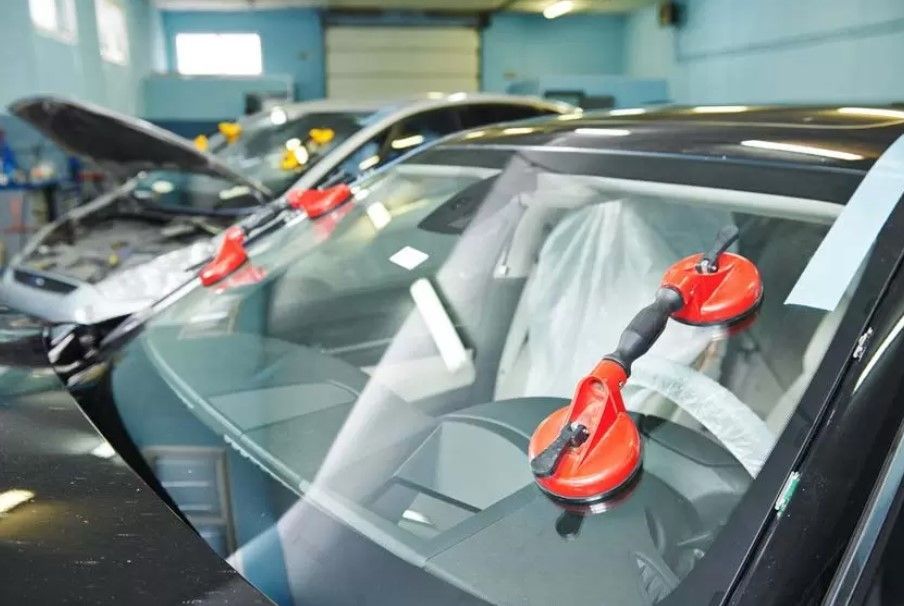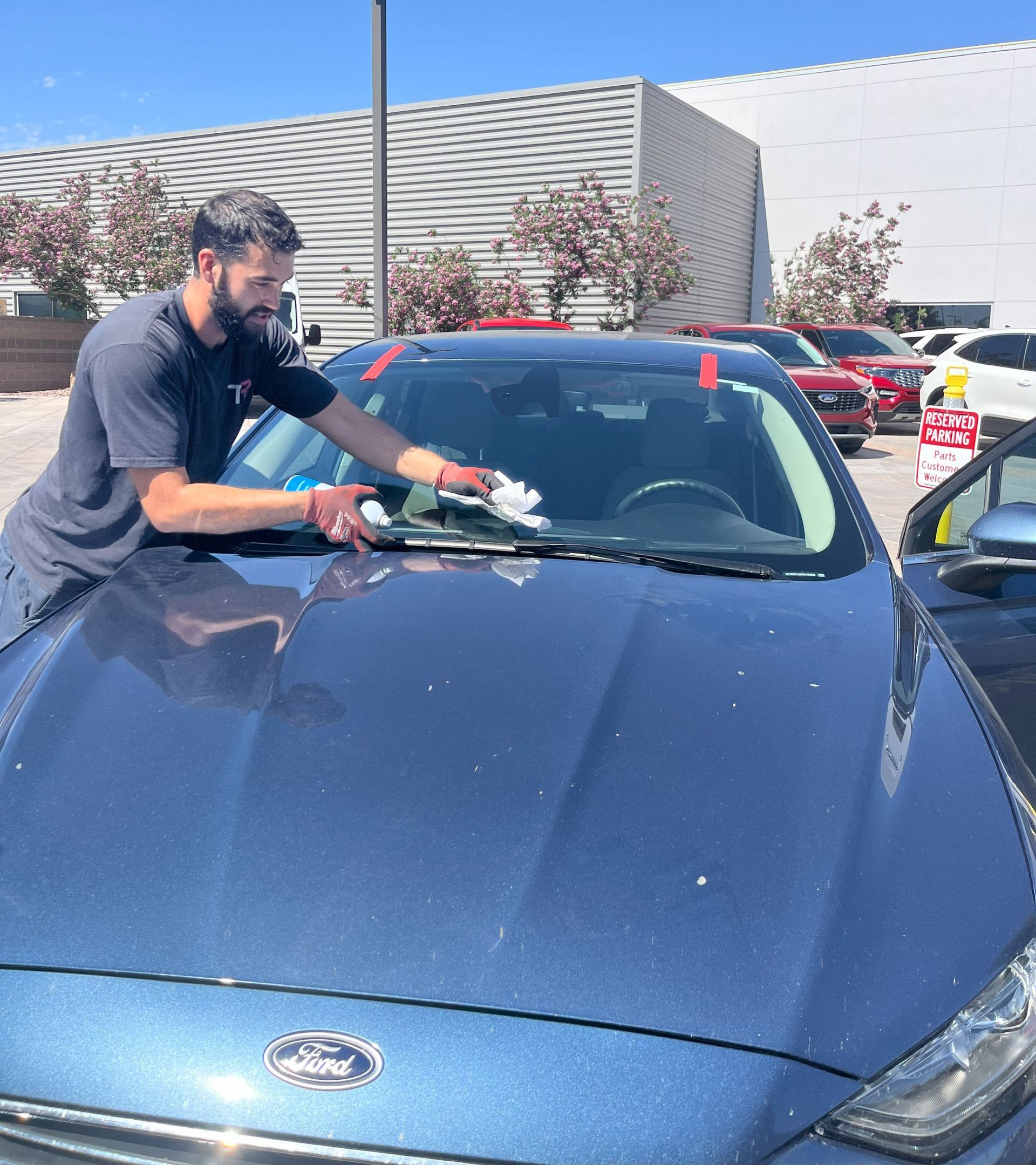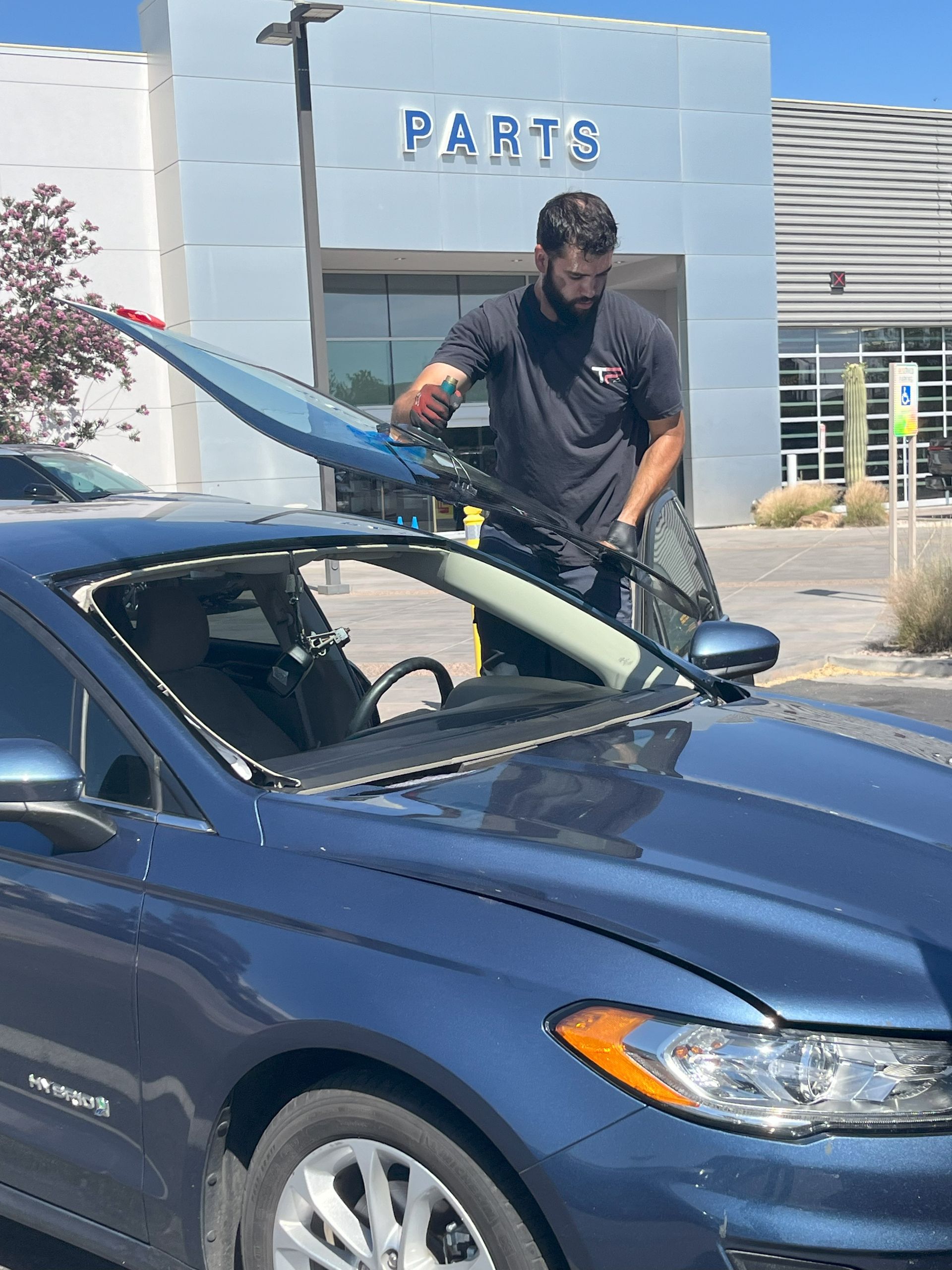The Next Generation of Automotive Innovation with windshield
The windshield, a crucial component of every vehicle, has come a long way since its inception. Originally designed to protect occupants from wind, debris, and harsh weather conditions, windshields have evolved to offer advanced features that enhance safety and provide a more comfortable driving experience. In today’s automotive industry, windshields have become a canvas for innovation, integrating cutting-edge technologies that go beyond their traditional roles. Let’s explore how windshields have transformed and the pivotal role they play in vehicle safety and comfort.
Advanced Glass Technologies
Laminated Glass: Enhancing Safety and Durability
Laminated glass revolutionized the automotive industry by significantly improving safety and durability. Composed of two layers of glass with a polyvinyl butyral (PVB) interlayer, laminated glass offers remarkable strength and impact resistance. In the event of a collision, the interlayer prevents the glass from shattering into sharp fragments, minimizing the risk of injury to passengers. Additionally, it provides acoustic insulation, reducing external noise for a quieter ride.
Smart vehicle Glass: Transforming Windshields into Multifunctional Displays
Smart vehicle glass represents a breakthrough in windshield technology, transforming it into a multifunctional display. By integrating thin-film technology, smart glass allows the windshield to switch between transparent and opaque states, offering enhanced privacy and reducing glare.
Moreover, smart glass can display essential information such as navigation directions, vehicle speed, and incoming calls, providing drivers with real-time data without distracting them from the road.
Self-Healing Glass: Combating Chips and Cracks
Windshield damage, such as chips and cracks, is a common occurrence that compromises visibility and weakens the structural integrity of the glass. Self-healing glass, equipped with innovative technologies, addresses this issue.
Using a special polymer layer, self-healing glass has the ability to repair minor damages automatically. When exposed to heat or sunlight, the polymer fills in the cracks, restoring the windshield’s strength and clarity, ensuring a longer lifespan for the glass.
Enhanced Safety Features
Heads-Up Display (HUD): Augmented Information for Safer Driving
Heads-Up Display (HUD) technology projects critical information directly onto the windshield, in the driver’s line of sight. From speed and navigation instructions to collision warnings and lane departure alerts, HUDs provide essential information without requiring drivers to take their eyes off the road. By minimizing distractions, HUDs contribute to safer driving, enabling drivers to stay focused and aware of their surroundings.
Advanced Driver Assistance Systems (ADAS): Aiding Drivers with Real-Time Data
Advanced Driver Assistance Systems (ADAS) utilize various sensors and cameras to monitor the vehicle’s surroundings and provide real-time data to assist drivers. These systems include features like adaptive cruise control, lane-keeping assistance, automatic emergency braking, and blind-spot detection. By analyzing data from the environment, ADAS helps drivers make informed decisions, enhancing safety and reducing the risk of accidents.
Night Vision Capability: Improving Visibility in Low-Light Conditions
Driving at night or in low-light conditions poses challenges due to reduced visibility. To address this issue, some windshields now come equipped with night vision technology. By using infrared sensors and thermal imaging, these windshields can detect and highlight pedestrians, animals, and other objects beyond the reach of headlights, allowing drivers to see potential hazards and react accordingly, improving safety during nighttime driving.
Innovative Connectivity
Integrated Connectivity: Seamless Integration with Smart Devices
With the increasing prevalence of smart devices, windshields are being designed to integrate seamlessly with them. Integrated connectivity allows drivers to interact with their smartphones or other devices directly through the windshield. This integration enables hands-free calling, music streaming, voice commands, and access to various mobile applications, providing convenience and minimizing distractions.
Embedded Sensors: Enabling Data Collection and Analytics for Improved Performance
Modern windshields often incorporate embedded sensors that collect data about the vehicle’s performance, environmental conditions, and driver behavior. These sensors gather information on factors such as temperature, humidity, rain, and wiper activity. By analyzing this data, manufacturers can optimize various aspects of vehicle performance, including wiper speed, defrosting systems, and adaptive lighting, improving overall safety and comfort.








